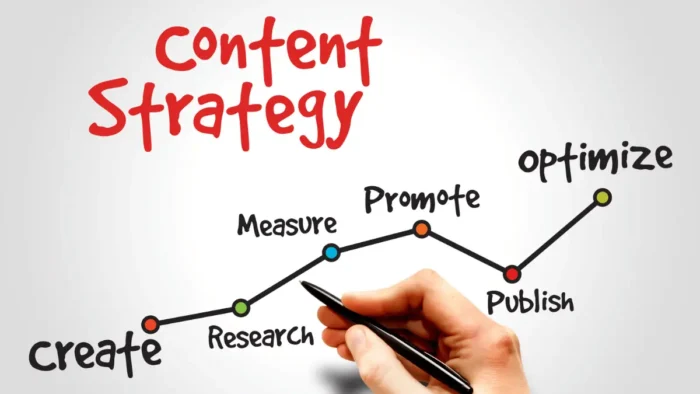When it comes to running a business, your website is an integral element of your online marketing activities. It acts as the foundation for everything else, and it’s where people will find your business in relevant searches, make purchases, and/or learn more about what you do.
Yet when it comes to running a website, there’s one element that is often overlooked: the blog. In fact, certain websites won’t even bother to have a blog. Others will post one or two articles and then forget about keeping it updated.
Avoid falling into the same trap. A blog can be an extremely effective tool in boosting your SEO efforts, building an audience, and positioning yourself as an influence in your industry. So if you’re ready to turn your blog into an effective marketing tool, here’s a starter guide to follow.
Pick the right topics
First of all, put in the effort to research the right topics for your blog. What type of content does your audience want to read? What are your competitors publishing? What different angles can you take?
The more research you put in, the better targeted your content will be.
Bring in the professionals
Coming up with interesting topics, producing 2,000+ word posts, gaining backlinks… Blogging is far from easy. It’s also a time-consuming process. If you don’t have the time to spend, or you feel your writing ability isn’t up to the task, there is an alternative route. You can enlist the services of a specialist marketing agency.
Using Click Intelligence as an example, you can gain high-quality content that is written by experts. Not only that, but it will also consider targeted keywords and backlinks, ensuring your visibility is maximized.
Produce high-quality content
It goes without saying, right?
However, there are various different points to remember when crafting content that is deemed high-quality. Yes, you have to avoid spelling mistakes and other grammatical errors that affect the flow of an article. Yet it’s even more important to deliver content that is appealing to both users and Google.
For instance, Google appreciates long blog posts that go beyond 2,000 words. Trying to captivate readers for a 2,000-word article, however, is not easy. Thankfully, there are numerous methods for breaking up content, so it is easier to digest. Here are a few examples:
- Incorporate visual content, like images, infographics, and videos.
- Use subheadings that instantly grab the attention.
- Place a particular emphasis on a portion of the text by highlighting it.
- Make use of lists (like this one!) to condense information into an easy-to-read format.
Reach out to other websites
It’s not only about posting content on your blog. You should also put in the effort to reach out to other blogs. It can be a pain to produce guest posts on top of your own content, but it does come with one significant advantage: backlinks.
If you gain a significant amount of backlinks pointing back to your site, this will gain favor with Google – an integral element in landing on the first page of search results.
Stick to a regular schedule
Producing one blog post here, and there isn’t an effective strategy. You have to try and stick to a regular schedule. While it can be difficult, aim for at least one post each week. Remember that you can schedule posts in advance, so you may decide to produce three or four articles in one go, and then you have content ready to go without feeling pressured to stick to a deadline.



